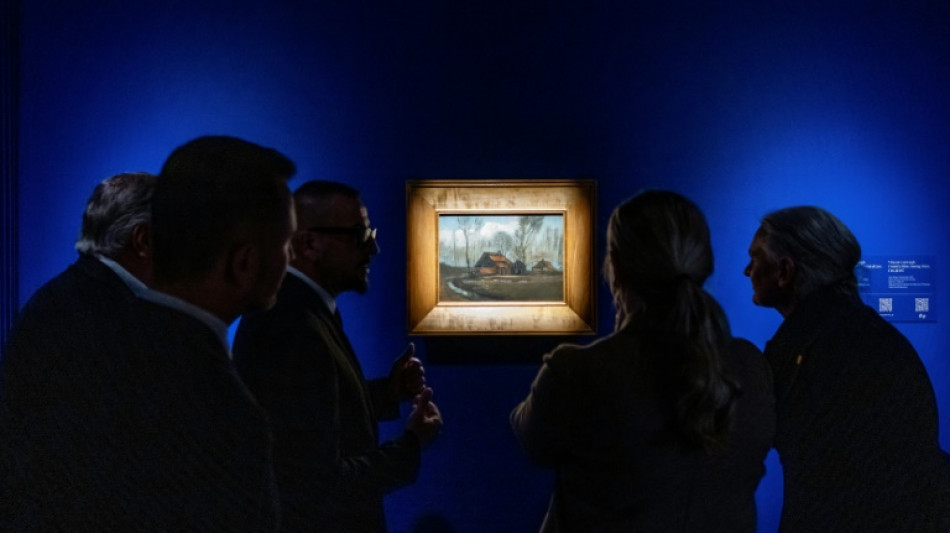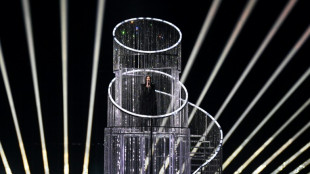

Poland trumpets its Van Gogh, once peddled for a beer
Poland opened an art show Friday to celebrate its only Van Gogh painting, a rare early landscape worth millions that was once hawked by a pedlar for the price of a beer.
"Country Huts Among Trees" dates from 1883 when the impoverished Dutch artist was still learning to paint in the countryside around The Hague.
The small oil painting -- also known as "Farmhouses Among Trees" -- is "interesting for its modesty and for showing a whole different side to Van Gogh," said Agata Smolnicka, co-curator of the Warsaw show.
"He painted it with a limited palette, and not many who are acquainted with his 'Starry Night' French period know about his Dutch phase," she told AFP.
"The works from The Hague are relatively scarce," said Teio Meedendorp, of Amsterdam's Van Gogh Museum, which authenticated the unsigned canvas.
"He painted about 75 pictures there but only 30 survived. The rest were simply destroyed or lost over the years," he told AFP.
- 'Junk' -
The canvas ended up in a carpenter's attic with a pile of Van Gogh's other early paintings when he moved abroad.
The carpenter eventually sold "that junk" -- as he called them -- for a song to a hawker who peddled the pictures from his handcart.
"He brought the works to a cafe... Anyone who bought him a round of beer received a Van Gogh," exhibition consultant Juliette van Uhm wrote in the show's catalogue.
"Some canvases were given to children to play with; they tied them around their waists as if they were aprons," she added.
Many were saved by a discerning tailor who tried to buy them all up. They were later exhibited and sold, with the Polish Van Gogh ending up in Switzerland.
Charles Zbigniew Carroll-Porczynski, a Polish collector in Britain, bought the painting in 1987 and donated it to the Catholic Church in his homeland.
The new show at Warsaw's Museum of John Paul II and Primate Wyszynski explores various facets of the canvas.
- 'Born colourist' -
Co-curator Stefania Ambroziak said the painting was "Van Gogh before Van Gogh". She said he was "getting acquainted with oil paint and learning how to apply colour".
By this point, Van Gogh had already worked very hard at his drawing -- with experts saying he was no prodigy like Picasso or Toulouse-Lautrec.
"When you see juvenile work by Vincent, it's a big surprise he became an artist," Meedendorp said, laughing.
"Because he was not very good. I mean he had no natural feel for perspective and proportion."
What he did have was speed, which is evident in the painting on show in Warsaw.
"You can distinguish the hand of a very quick painter, working wet-in-wet very quickly. And this is a wonderful example of it," Meedendrop said.
Although the palette of the Polish painting is darker than the dazzling hues commonly associated with Van Gogh, Meedendorp said it testifies to his innate gift for colour.
"He was very good at mixing his colours, and opposing colours, with the reddish and green," Meedendorp said.
"He was a born colourist, but it was only when he really learned about colour in Paris... that he developed into the great painter he became," he said.
"Van Gogh. The Stories of One Painting" runs in Warsaw until December.
E.M.Hall--MC-UK




